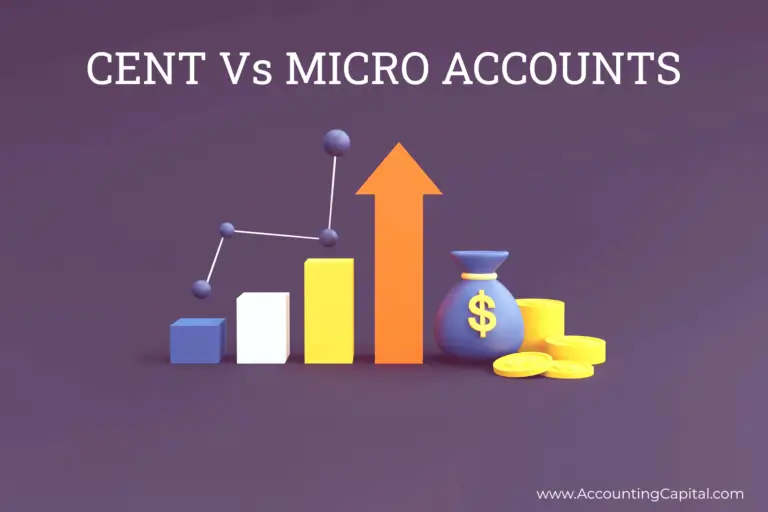If you are considering investing in a fixed deposit account, you should know about one thing that stays constant – the fluctuation of its interest rate. FD rates increase and decrease more than you can imagine. In this article, we’ll look at the reasons that affect the change in FD rates and things to remember before investing in FD for maximum profit.
Do the FD Interest Rate Change Frequently?
Based on the inflation situation in the country, FD rates increase. This happens because the RBI (Reserve Bank of India) loans commercial banks at a decided period on an interest rate called the repo rate. The increase in this repo rate raises the bank’s interest rate on their loan from the RBI, resulting in increased FD rates.
What Affects the Increase in FD Rates?
- Change in the Repo Rates
The first reason that causes the constant change and increase in the fixed deposit interest rate is the increased inflation rate. In order to get positive returns from the bank, an investor should always keep an eye out on the changing situation of inflation because this is the main cause of changing FD rates.
- Enough Liquidity
If a bank with your fixed deposit account has sufficient liquidity, they won’t rely on the market-based FD rates as they will not need to be competitive to stabilise their position. This is generally a situation banks adopt in times of tight liquidity.
- Demand and Supply Conditions of Lending
The next thing that causes increased FD rates is the demand and supply chain conditions in the lending world. Banks usually decrease their FD rates if there’s less demand for lending in the market. And if there’s a great demand for borrowing in the financial sector, banks usually increase their fixed deposit rate.
- The situation of Call Money
Call money is used for short-term loans granted between banks or financial institutions. They are usually given for one day and typically attract a higher interest rate than other types of loans. One way it can cause an increase in FD rates is through its impact on the overall liquidity position of banks.
When banks have more funds to lend, they tend to reduce their deposit rates to encourage customers to borrow more. However, when there is a shortage of funds, banks may increase their deposit rates to attract more deposits and improve their liquidity position, affecting FD rates.
- Fall of a Bank’s Fund Cost
The fall of the fund cost of a bank causes an increase in the FD rates because even with the high interest rates, the base rates revision is based on retail loans, causing revision of the fixed deposit interest rates.
Further, this falling rate also showcases the high liquidity of a bank in the market, leading to borrowing shortly from the call market. And if the call market borrows on lower rates, it can cause a change in the retail deposits.
What to Know When Investing in an FD?
Now that you know what causes a huge stir-up in fixed deposit rates, it’s time to understand the right time to invest in this financial tool and what to keep in mind when investing in an FD for maximum profit.
- Taxable Income
The FD interest is taxable, so whatever interest rate you earn on your fixed deposit will be taxed. If the interest of your FD in one financial year is more than ₹40,000 or ₹50,000 for senior citizens, you’ll be taxed 10% TDS.
So, if you are ready to have taxable investments and savings and have thoroughly researched the taxable amount and what influences the tax rates, you can start investing in this fruitful financial product.
- Laddering
As established before, the fixed deposit rates fluctuate on a large scale. But if you don’t want to lock in your money at a low interest rate, investing in FD with varying maturity periods is a wise choice. This is called laddering, and it helps reinvest short-term fixed deposits when FD interest rates increase.
- Market Research
Conduct extensive market research to monitor the interest rate of fixed deposits by NBFCs and banks. This will help you understand the pattern of when FD interest rates increase and decrease.
Bottom Line
Market changes are never easy to predict, so studying the market before you invest and giving it much-needed time to get stable is necessary for maximum profit. This helps you prepare for any unfortunate event.

























